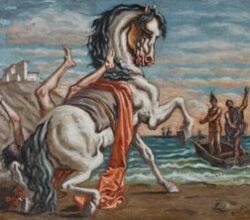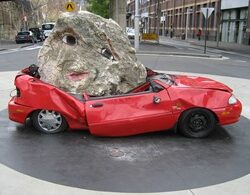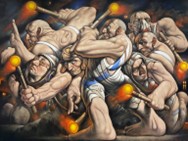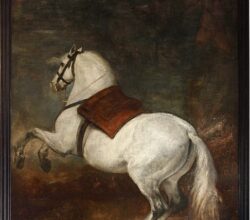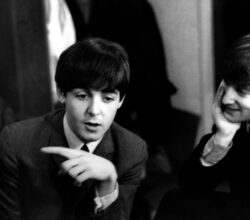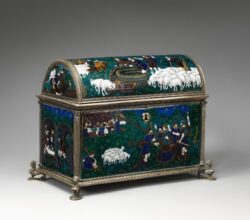
Reassessing European Decorative Arts
Delia Cruz Kelly and Daniëlle Kisluk-Grosheide | Perspectives | 5th July 2023
Why, asks a curator of decorative arts, do we distinguish between a painting on canvas and one on a silk fan or porcelain? Similarly, why distinguish between a silversmith and a sculptor? Decorative objects are often unsigned, sometimes because the artisans were women (usually not members of craft guilds). “Decorative art designs [often come from] fine artists, so the fields very often overlap. [They spark] joy and pleasure in different ways”.

